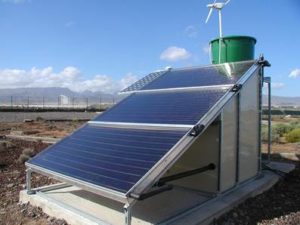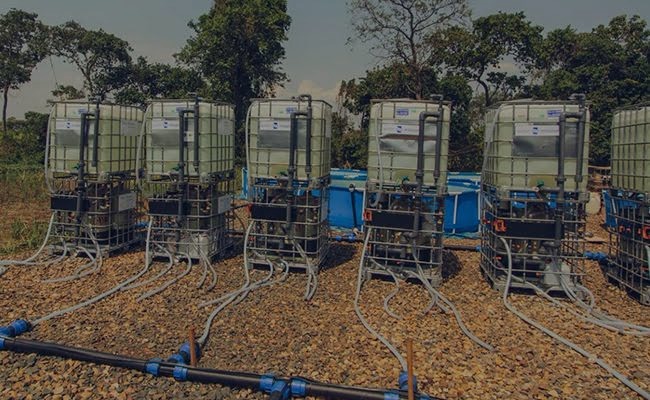India has also started joining the countries and utilizing PV to deliver drinking water by setting up a 10,000-liters-per-day solar powered desalination plant at the Vivekananda Memorial in Kanyakumari, Tamil Nadu.
The plant was created by a group of students from the Indian Institute of Technology-Madras (IIT-M) and this experimental project was being financed by the Ministry of Earth Sciences with an amount of Rs1.22 crore ($175,000).
“It requires about 15 kV power a day to function,” said A Mani, of the refrigeration and air-conditioning laboratory at IIT-M’s department of mechanical engineering. “We have installed panels that each generate around 324 W. Since the plant is entirely solar powered, it can be operated only during the day, i.e. for six to seven hours between 9am and 4pm. The generated power, converted from DC to AC through an inverter, is stored in 14 batteries to provide 30-minute power backup.”
The technical assistance which is required for the project is provided by M.A. Atmanand, Director of the National Institute of Ocean Technology. He believes that solar powered desalination has significant prospects in coastal zones. However, as per researchers while scaling up the technology they concluded that, as PV panels requires a lot of space many technical challenges might be faced while generating 10 million liters for every day.
Solar- powered desalination could address freshwater deficiencies in India. In 2014, MIT’s Natasha Wright and Amos Winter proposed utilizing electro dialysis powered by solar panels to give enough clean drinking water to supply the requirements of a run of the typical Indian village.
Despite the fact that the Tamil Nadu plant is being touted as the first in the nation, Rajasthan-based non-profit the Barefoot College installed a solar-powered desalination plant for voluntary association Mnathan in Kotri village that has been operational since 2006. That venture apportions 500 liters of safe drinking water every day.
“So far, Barefoot has installed six solar desal plants across Rajasthan,” said Dadi Jaswanth, program coordinator of the Barefoot College’s water department. “The plant in Kotri was functioning well until November last year. We are trying to get funds to revive it and hopefully it will start running again in a few months.”
After weeks of field research in India the researchers have finally reached to their conclusion after thoroughly reviewing the established technology. As per Wright and Winter, the components that favoured solar powered electro dialysis included moderately low dimensions of saltiness — ranging from 500 to 3,000 mg/liter, contrasted with seawater levels of around 35,000 mg/l — and an absence of electrical power. For on-grid areas, the team discovered turn reverse-osmosis plants could be economically suitable.


